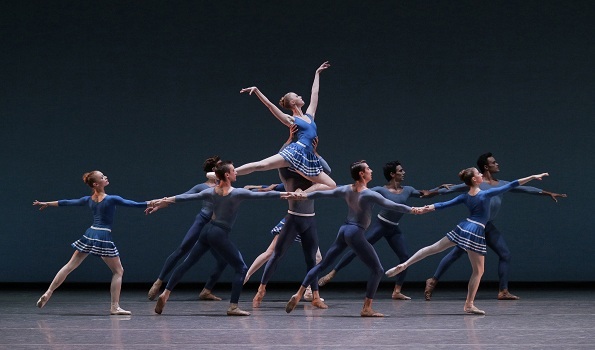CHOREOGRAPHY
Choreography – This means planning and arranging dance steps to make a complete and meaningful dance performance.
Role of the Choreographer
Choreographer – The person who creates the dance steps, teaches them to the dancers, and decides how the whole dance will look.
Core Principles of Choreography
- Dynamics – This is how a movement is done, like whether it’s fast or slow, soft or strong, smooth or sharp. It adds feeling to the dance.
- Space – This is where the dancer moves on the stage, like going forward, backward, spinning, going high or low, or using the corners.
- Relationship – This shows how dancers connect or move with one another, such as dancing in pairs, in groups, close together or far apart.
- Actions – These are the actual dance steps and moves like jumping, turning, lifting, falling, twisting, or staying still.
- Body Parts – This is about which body parts are used during the dance, like the hands, legs, head, chest, or even the eyes.
- Order – This means the way the steps are arranged from the beginning to the end of the dance so it makes sense and flows well.
- Beauty – This is how attractive and interesting the dance looks to the audience when everything works together smoothly.
Types of Choreography
- Narrative choreography – Tells a story through movement (e.g. traditional dances or drama-based dances).
- Abstract choreography – Focuses on movement for beauty and style without a story.
- Thematic choreography – Shows a particular idea or theme, like unity, peace, or culture.
Importance of Choreography
- Helps to organize dance properly – It gives structure to the dance so it’s not just random movements.
- It Enhances creativity – Dancers and choreographers get to express feelings and ideas in artistic ways.
- It Helps to tell stories and pass messages – Through well-planned movements, culture and stories can be shared.
- It Improves teamwork – When dancers practice choreography together, they learn cooperation and timing.
- It Builds confidence and stage presence – Performing rehearsed choreography helps dancers gain boldness.
Qualities of a Good Choreographer
- Creative – To be Able to think of new and interesting dance moves.
- Observant – To notices small details and how dancers perform.
- Patient – To Takes time to teach dancers and correct mistakes.
- Good communicator – To Explains movements clearly to others.
- Knowledgeable – To Understands music, rhythm, culture, and dance styles.

